Agriculture is the most common activity in the world. It is the art and science of cultivating soil, growing crops, and raising livestock. Agriculture provides most of the world’s food. Agriculture enabled people to produce surplus food. They can use this surplus food when crops fail or trade it for other goods. The surplus of food allowed people to work on other tasks unrelated to farming. Agriculture is a market for industrial goods such as machinery, equipment, and fertilizers.
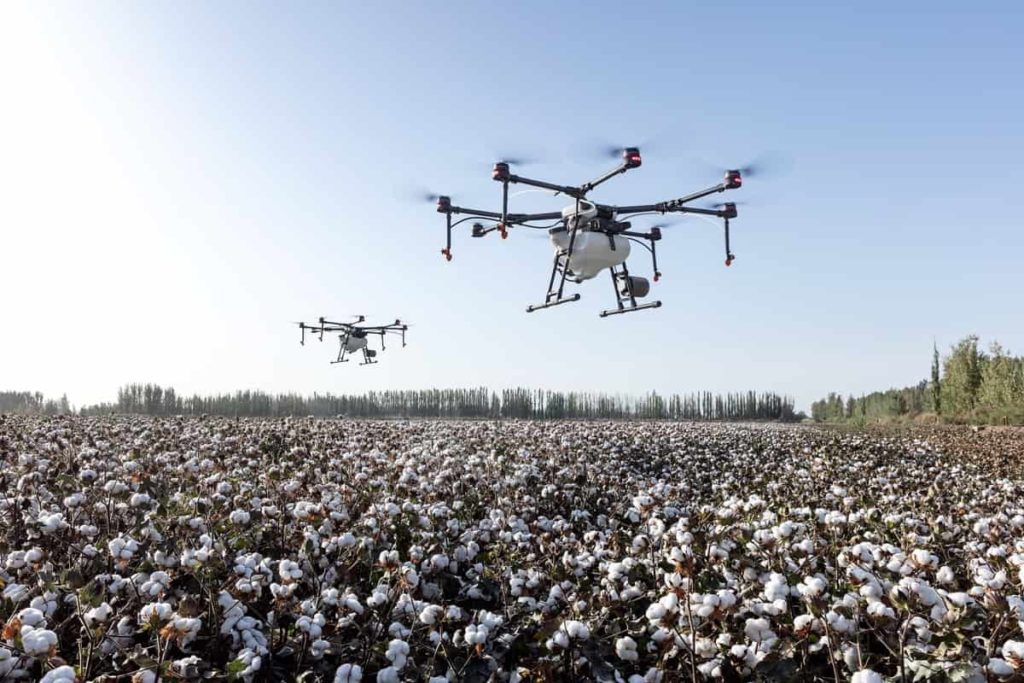
It promotes and creates various off-farm activities such as transportation and research programs that find better and better methods to be applied in farming and livestock activities. In agriculture, some parameters include crop type, soil properties, climate, etc. Depending on these parameters, farmers decide which crop to grow at which time and place of the year. Moreover, suitable soil, climate, and weather are insufficient for high-quality production.
A guide to understanding Agriculture/farming
Reasons why agriculture is important?
Agriculture is the mainstay of India’s economy. Civilization began with agriculture, and although humanity has changed significantly, agriculture ivitalmportant. Its importance is more evident in some countries, but the fact is that every country in the world depends on agriculture for something or the other. Agriculture provides food, raw materials for industries, and some products for export.
It constitutes about 25 percent of the gross domestic product. About two-thirds of its population is directly dependent on agriculture for its livelihood. Itprimarythe main source of raw material. Many raw materials, whether cotton, sugar, timber, or palm oil, come from agriculture. These materials are essential to major industries in ways that many people are not even aware of, such as manufacturing pharmaceuticals, diesel fuel, plastics, etc. It is important for international trade.
Agricultural raw materials form a major part of international trade. It plays a major role in the income of a country. In terms of trade, developing countries still derive most of their national income from agricultural exports. Although developed countries are not as dependent on agriculture as they used to be, their economies would suffer if all exports suddenly stopped. It is very important for the development of the country. Economic development is related to the agricultural sector of the country.
When trade, national income, and employment are positively correlated, poverty reduction and economic growth in a country increase. Agriculture is the main source of food supply for all countries, whether underdeveloped, developing, or developed. In a predominantly agricultural and highly populated country, income inequality between the rural and urban areas of the country is high. To reduce this income inequality, it is necessary to give high priority to agriculture.
Important agricultural practices
Agricultural practices should be applied to agricultural sectors/processes to obtain better agricultural products. These are just farming methods used to facilitate agriculture.
Landscape management – Landscape is the combined characteristic of a landscape, its landforms, and natural or artificial elements. Landscape management involves the maintenance and integration of physical elements, water bodies, land covers such as native vegetation, human elements such as structures and buildings, and climatic conditions. Landscape management is highly important in agriculture, so it ranks first in the list of agricultural practices.
In case you missed it: A Guide to Understand Importance of Drones in Agriculture/Farming: Advantages, Applications, and Different Types
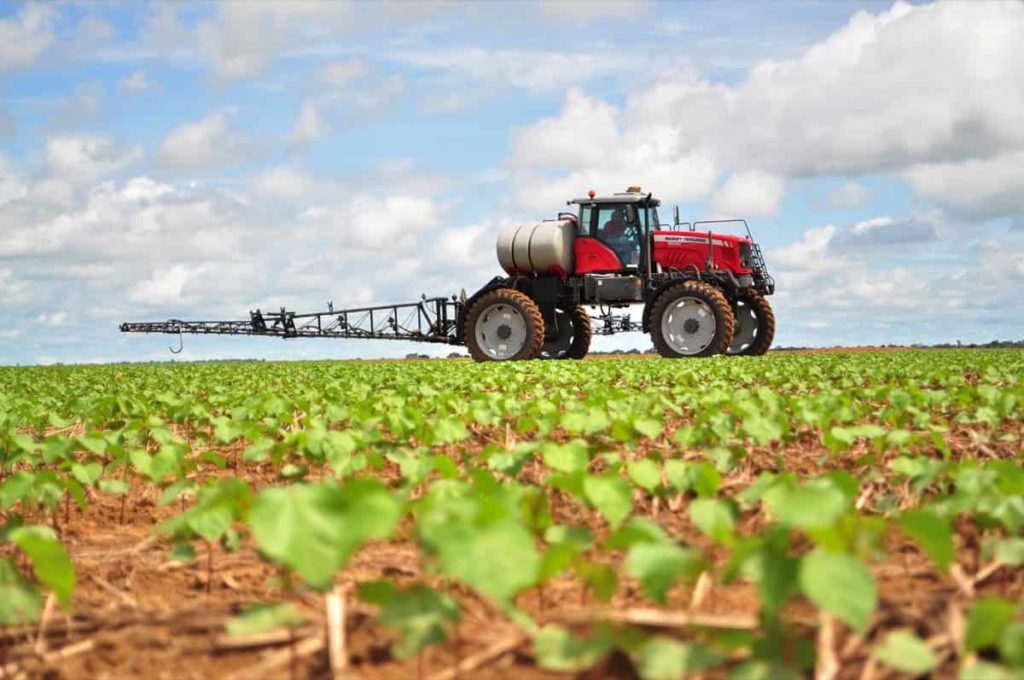
Soil preparation – In the list of farming practices, soil preparation ranks second because of its importance for seed germination. Before planting the crop, the land is leveled and prepared for sowing by plowing a little deeper. After plowing, the soil is loosened, and the soil is properly aerated.
Before the crop is grown, the soil it is to be grown is prepared by plowing, leveling, and fertilizing. Plowing is the process of loosening and digging the soil using a plow. It helps in the proper aeration of the soil. After plowing, the soil is evenly distributed and leveled in a leveling process. The soil is then fertilized.
Sowing – The selection of good quality seeds is the initial stage of sowing. After preparing the soil, these seeds are scattered in the field, called sowing. It can be done manually, by hand, or by seed drilling machines. Some crops, like paddy, are grown as seeds in a small area and then transplanted to the main field.
Fertilization – Crops need nutrients to grow and produce. Thus, the supply of nutrients at regular intervals is essential. Fertilization is the stage where nutritional supplements are provided, and these supplements can be natural (fertilizers) or chemical compounds (fertilizers). Fertilizers are chemical compounds that have plant nutrients and are commercially produced. Besides providing nutrients to the crop, manure also replenishes the soil’s fertility. Other methods of soil replenishment are vermicomposting, crop rotation, and planting leguminous plants.
Irrigation – Irrigation is the supply of water. Water sources include wells, ponds, lakes, canals, dams, etc. Over-irrigation can lead to waterlogging and damage the crop. This frequency and interval between successive irrigations need to be controlled. Irrigation is artificially applying water to the soil to allow plant growth. The term is preferentially used when large amounts of water are applied to dry, arid areas to facilitate plant growth. The irrigation not only increases the plant growth rate but also increases the amount of production.
In temperate and tropical regions, rainfall and snowfall are the main irrigation water supplies, but groundwater is an essential source in arid areas with unfavorable climatic conditions. Irrigation is the artificial application of water to land or soil. It is used to support the growth of crops, landscape maintenance, and revegetation (replanting) of disturbed soils in dry areas and during periods of insufficient rainfall. Irrigation has other uses in crop production, including protecting plants from frost, preventing weed growth in grain fields, and preventing soil stabilization.
Manuring – Plants require nutrients for their growth and fruit/seed production. Therefore, intake of nutrients is also important at intervals. Fertilization is the step in which nutrients enter the soil. These nutrients can be natural fertilizers or synthetic fertilizers. Because of their nutritional value, the decomposition products and wastes of plants and animals are used as fertilizers. Fertilizers are commercial plant nutrients or chemical compounds formulated to meet the nutritional needs of plants. Manure provides nutrients to plants and also restores soil fertility.
Weeding – Weeds are unwanted plants that grow between crops. They are removed using herbicides and hand pulling, and some are removed during soil preparation.
Harvesting – After the crop is matured, it is cut and collected; this process is called harvesting. Harvesting is the process of gathering the ripe crop from the fields. Harvesting is collecting the useful part or parts of the plant when all the nutrients have been developed, and the edible parts have reached a suitable level of maturity. Generally, the crop is harvested 10 or 15 days after the grain reaches physical maturity. Pruning is the process of removing whole plants or economic parts after maturity. Economic produce can be grain, seed leaf, root, or the whole plant.
In case you missed it: A Guide to Understand Harvesting and Yield in Agriculture/Farming/Gardening: Check How this Guide Helps Beginners
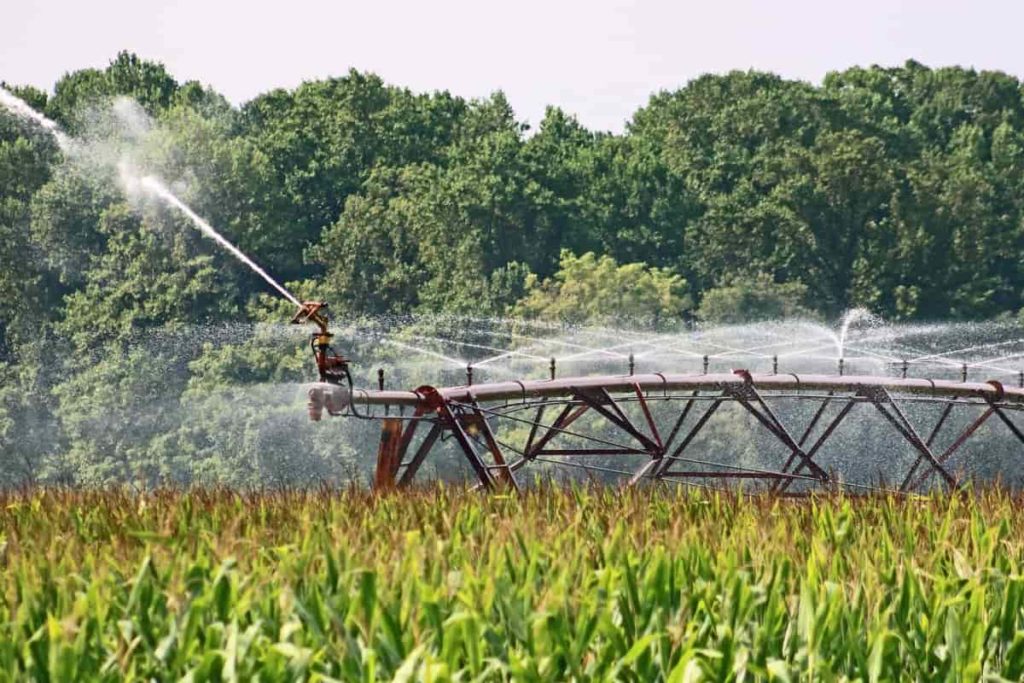
Things you should know about agriculture
- Agriculture is everything that involves growing plants and animals to be used for something else. It’s not a definition you’ll find in a dictionary, but it’s practical and accurate. It includes production agriculture, but also everything before and after the farm.
- Agriculture includes science, technology, and engineering. Farmers use genetic work to improve the procurement of seeds and animals. It develops, designs, produces, and sells everything used by farmers – tractors, implements, buildings, fertilizers, and more.
- The agricultural cycle is related to growing and harvesting a crop (plant). These activities include loosening the soil, sowing seeds, special watering, moving plants as they grow, and pruning. Without these activities, crops cannot be grown. Important steps in agricultural practices include soil preparation, sowing, fertilization and fertilization, irrigation, harvesting, and storage.
- Subsistence agriculture in most parts of India has been practiced in India for hundreds of years and continues. Despite increasing urbanization and industrialization, about 70% of the population is still directly or indirectly dependent on agriculture.
- Even after more than forty years of green revolution and agricultural machinery and equipment revolution, complete mechanization has not been achieved. Despite the widespread expansion, only one-third of the crop is irrigated today. As a result, two-thirds of the crop area is still dependent on the monsoon. Production of food crops is the priority of farmers almost everywhere in the country.
Different types of agriculture
Subsistence agriculture
It is the production of food mainly for the consumption of farmers and is found mostly in less developed countries. In subsistence agriculture, small-scale farming is done primarily for the farmer’s and his family’s consumption. Sometimes it can be sold if there is an excess of food, but this is not common. In commercial agriculture, the main objective is to make a profit.
In more developed countries, the trend toward commercial agriculture to produce food for sale on the world market is called agribusiness. Food is also rarely sold directly to consumers in the commercial agriculture sector. Rather, it is sold to a food processing company, which is processed into a product. It includes produce and food products.
Commercial agriculture
Commercial farmers rely on the latest scientific innovations to produce high yields, including crop rotation, herbicides and fertilizers, and hybrid plant and animal breeds. Plantations are another form of commercial agriculture found in warm and tropical climates. The plantation is a large-scale farm that usually focuses on producing a single crop such as Tobacco, Coffee, Tea, Sugarcane, Rubber, and Cotton.
Shifting cultivation
Shifting cultivation is a widespread practice in tropical regions. It includes cutting and burning to eliminate forests. Cleared land is cultivated for three to five years, or until native flora and fauna dominate, whichever comes first. Farmers abandon the fields and clear another forested area for agriculture when this happens.
People from tropical countries are more likely to engage in this type of agricultural activity, which focuses on grain production. Farmers clear a piece of land and grow grains and other food crops to sustain their families. Farmers move and clear a new piece of land for cultivation when soil fertility decreases.
In case you missed it: Agriculture Farming in India: Industry Future, and Types
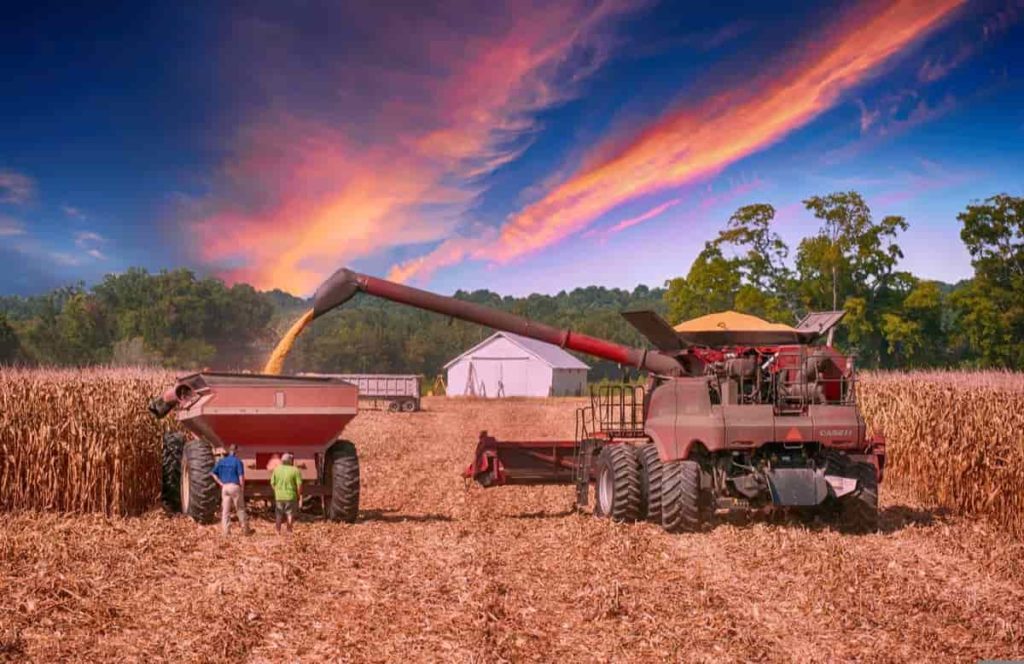
Intensive and extensive farming
Intensive farming
It is a farming system whereby small fields are intensively cultivated using manual labor, large inputs of fertilizers, and manures. Usually, more than one crop is cultivated in the same field. Intensive farming methods produce more and cheaper food per acre and animal, which has helped feed a growing human population. Intensive farming is where many crops are grown on a small plot of land with considerable manual labor. Also, to produce quality crops, farmers apply fertilizers and pesticides.
With this cultivation, farmers can improve the quality of the soil. Intensive agriculture is a method of farming that uses large amounts of labor and capital to increase the productivity of the land. In an industrialized society, this usually means using pesticides, fertilizers, and other chemicals that increase production and the acquisition and use of machinery to assist in planting, chemical application, and picking. Theoretically, this reduces the land needed to grow crops or raise animals for an economically viable farm.
Extensive farming
This type of farming is done on large size farms with the help of machines and less labor input per unit area. Emphasis has been placed on increasing production. Farmers use large farms to grow crops in extensive agriculture. It is less labor intensive as it uses machines instead of labor. Extensive farming (as opposed to intensive farming) is an agricultural production system that uses small inputs of labor, fertilizer, and capital relative to cultivated land area.
Extensive farming usually refers to raising sheep and cattle in areas of low agricultural productivity. Still, it can also refer to the large-scale cultivation of wheat, barley, and other cereal crops. Extensive agriculture is distinguished from intensive agriculture in that the latter involves large amounts of labor and capital, using fertilizers, pesticides, fungicides, and herbicides, and mechanized planting enables cultivation and harvesting.
Since extensive agriculture yields less per unit of land, large amounts of land are required to be profitable for its commercial use. This demand for land means that large-scale agriculture must be carried out where land values are low in terms of labor and capital, population density is low, and thus usually primary markets.
Plantation Agriculture
In this type of agricultural practice, agricultural land is used for growing and cultivating only one crop for the entire year. The commercial plantation is a type of commercial cultivation practiced in subtropical and tropical districts. The plantation is the link between agriculture and industry. Plantation agriculture is an extensive type of agriculture where large areas of the farm are used to grow a single crop, also known as monoculture.
The farming practice is known as “plantation agriculture” involves the production of crops on a large scale for financial gain. Although they are found everywhere globally, plantations are more common in tropical and subtropical regions. Plantation crops are usually cash crops, which means they command higher prices when sold in the international market. Plantation agriculture leads to employment generation.
Due to their vast size, plantations require a large workforce to operate the various machines in the farm and processing facilities. Consequently, plantations provide many employment opportunities, which raise the standard of living in the areas where they are located. Plantation farms support research that results in better and higher quality crops. Many orchards include research facilities focusing on developing high-yielding, disease-resistant seeds to secure high-quality crops.
Arable farming
Arable farming is a type of farming where arable crops are grown without the help of animals. In this farming, farmers used to grow only crops which included Vegetables, Grains, and Beans. Cultivation requires fertile soil, balanced moisture, and a warm climate for better crop growth with adequate machinery and manpower. Farmers can do this farming on both large and small scales.
In case you missed it: Agriculture Farming in India: Industry Future, and Types
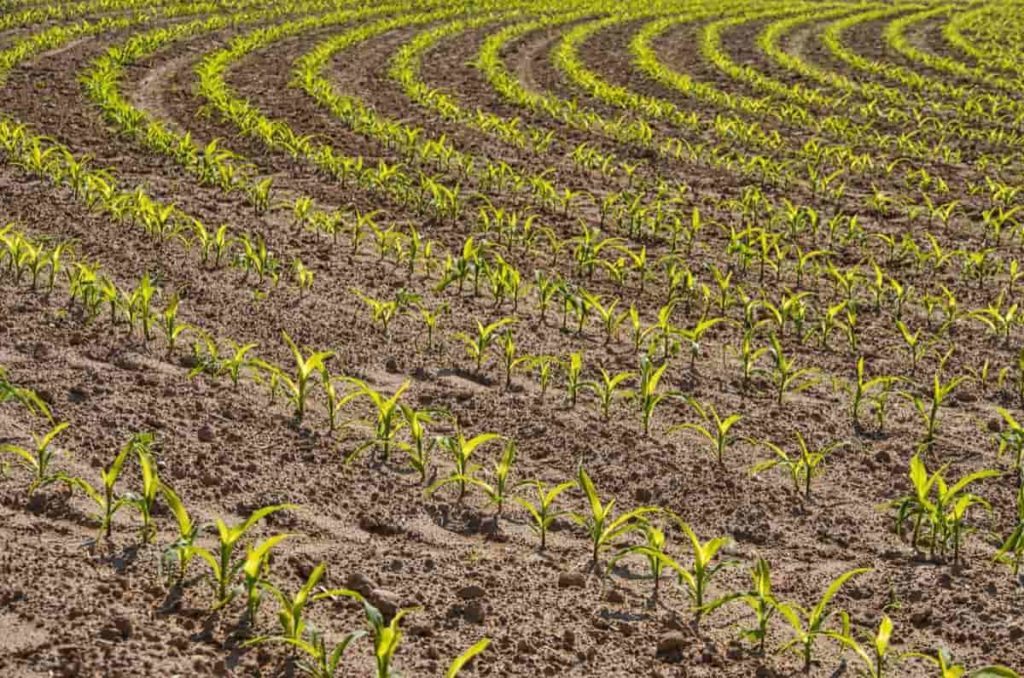
Livestock Farming
Livestock farming is a popular, profitable, and excellent type of farming. No wonder it is a very money-making agribusiness on both large and small scales. A farmer can start livestock farming as per his suitable temperature, climate, and high profit. Livestock farming can be started on a small scale basis with low investment and earning good profits. In livestock farming, you can start different types of livestock farming, like types of dairy farming, types of poultry farming, types of fish farming, shrimp farming, cattle farming, and many more.
Some advantages of livestock farming are: A cattle farmer can get many food items, wool, leather, and many more by rearing cattle. Also, farmers can trade livestock products and earn a good profit. Nowadays, cattle farming is a profitable business on a large and small scale. The demand for livestock products is growing rapidly and is expected to increase.
Commercial plantations
Commercial plantations, often known as tree crop farming, industrial agriculture, or plantation farming, cover large amounts of land. The activity has a significant commercial value, even if carried out on a small land. Tea, Rubber, Coffee, Coconut, Grapes, Apples, Spices, Oranges, Avocados, Mangoes, and Palm Oil are tropical crops.
Mixed farming
The growing of crops and rearing of animals together is called mixed farming. Two or more crops are grown together. It ensures stable income for the farmers. It is the practice of growing at least two crops on similar real estate instead of just one crop during a growing season. At the point when different crops are produced simultaneously, it is otherwise known as intercropping. This modification framework helps farmers to increase their harvest efficiency and pay.
Dryland agriculture
Dryland farming involves distinct rural practices for non-irrigated crop growth. Dryland farming refers to drylands, regions characterized by a cool, wet season alternating with a hot, dry season. They are also associated with bone dry conditions, areas prone to dry spells, and low water resources.
It is the cultivation of crops entirely under natural rainfall without irrigation. Dryland agriculture is important to the economy as most coarse grain crops, pulses, oilseeds, and raw cotton are grown on these lands. The drylands receive between 500 and 1200 mm of rainfall.
Organic farming
According to agricultural scientists, organic farming is a system that largely excludes the use of artificial inputs, such as fertilizers, pesticides, etc., in farming activities. They follow crop rotation, crop residue, manure, non-farm organic waste, nutrient mobilization biological systems, and plant protection for better crop production.
In case you missed it: MSME Schemes for Agriculture: Loans, Subsidies, Requirements, and Eligibility
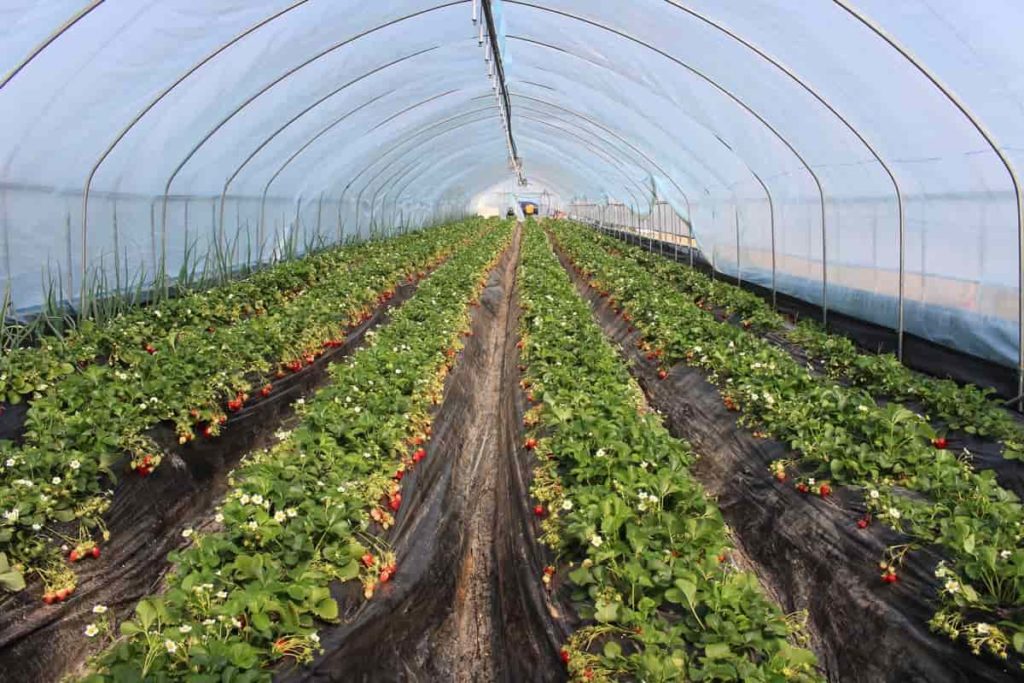
Organic farming is a technique that involves growing plants and raising animals using natural methods. This process involves using biological materials and avoiding artificial substances to maintain soil fertility and ecological balance, thereby reducing pollution and wastage. Compared to conventionally grown food, organic food is much richer in nutrients. Organic farming increases soil nutrients that reach plants and animals.
Conclusion
It involves the production of plant and animal products for human consumption and their distribution in markets. Agriculture is the primary activity. It includes growing crops, fruits, vegetables, and flowers and raising livestock. 50% of people in the world are engaged in agricultural activities. Agriculture means cultivating plants, animals, and fungi for food and products to sustain human life. The type of agriculture in a region depends on climate, culture, technology, and economics.
- Types of Pesticides Used in Agriculture: A Beginner’s Guide
- Economical Aquaculture: A Guide to Low-Budget Fish Farming
- 15 Common Planting Errors That Can Doom Your Fruit Trees
- How to Make Houseplants Bushy: Effective Tips and Ideas
- Innovative Strategies for Boosting Coconut Pollination and Yield
- Pollination Strategies for Maximum Pumpkin Yield
- The Complete Guide to Chicken Fattening: Strategies for Maximum Growth
- Natural Solutions for Tulip Problems: 100% Effective Remedies for Leaf and Bulb-Related Issues
- Revolutionizing Citrus Preservation: Towards a Healthier, Greener Future
- Natural Solutions for Peony Leaf and Flower Problems: 100% Effective Remedies
- Maximizing Profits with Avocado Contract Farming in India: A Comprehensive Guide
- Natural Solutions for Hydrangea Problems: 100% Effective Remedies for Leaf and Flowers
- The Ultimate Guide to Choosing the Perfect Foliage Friend: Bringing Life Indoors
- From Sunlight to Sustainability: 15 Ways to Use Solar Technology in Agriculture
- The Ultimate Guide to Dong Tao Chicken: Exploring from History to Raising
- The Eco-Friendly Makeover: How to Convert Your Unused Swimming Pool into a Fish Pond
- Mastering the Art of Delaware Chicken Farming: Essentials for Healthy Backyard Flocks
- 20 Best Homemade Fertilizers for Money Plant: DIY Recipes and Application Methods
- How to Craft a Comprehensive Free-Range Chicken Farming Business Plan
- Brighten Your Flock: Raising Easter Egger Chickens for Beauty and Bounty
- How to Optimize Your Poultry Egg Farm Business Plan with These Strategies
- Subsidy for Spirulina Cultivation: How Indian Government Schemes Encouraging Spirulina Farmers
- Ultimate Guide to Raising Dominique Chickens: Breeding, Feeding, Egg-Production, and Care
- Mastering the Art of Raising Jersey Giant Chickens: Care, Feeding, and More
- Ultimate Guide to Raising Legbar Chickens: Breeding, Farming Practices, Diet, Egg-Production
- How to Raise Welsummer Chickens: A Comprehensive Guide for Beginners
- How to Protect Indoor Plants in Winter: A Comprehensive Guide
- Ultimate Guide to Grow Bag Gardening: Tips, Tricks, and Planting Ideas for Urban Gardeners
- Guide to Lotus Cultivation: How to Propagate, Plant, Grow, Care, Cost, and Profit
- Agriculture Drone Subsidy Scheme: Government Kisan Subsidy, License, and How to Apply Online
- Ultimate Guide to Raising Araucana Chickens: Breed Profile, Farming Economics, Diet, and Care
- Bringing Hydroponics to Classroom: Importance, Benefits of Learning for School Students
- Ultimate Guide to Raising Polish Chickens: Breed Profile, Farming Economics, Diet, and Care
- Ultimate Guide to Raising Australorp Chickens: Profile, Farming Economics, Egg Production, Diet, and Care
- Silkie Chicken Farming: Raising Practices, Varieties, Egg Production, Diet, and Care
- Sussex Chicken Farming: Raising Practices, Varieties, Egg Production, Diet and Care